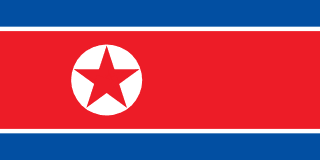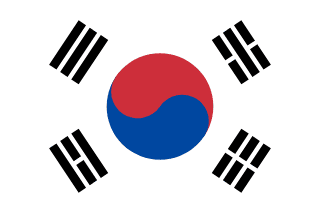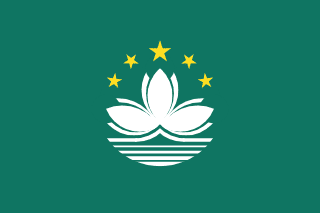About Eastern Asia
East Asia is a geographical and cultural region of Asia including the countries of China, Japan, Mongolia, North Korea, South Korea, and Taiwan. Additionally, Hong Kong and Macau are the two special administrative regions of China. The economies of China, Japan, South Korea, and Taiwan are among the world's largest and most prosperous. East Asia borders North Asia to the north, Southeast Asia to the south, South Asia to the southwest, and Central Asia to the west. To its east is the Pacific Ocean.
East Asia has long been a crossroads of civilizations, as the region's prominence has facilitated the transmission of ideas, cultural exchanges, commercial trade, scientific and technological cooperation, and migration, as its position and proximity to both the Pacific Ocean and the Continental Asian landmass makes it strategically significant for facilitating international maritime trade and transportation. The contemporary economic, technological, political, and social integration of East Asia coupled with its rich history of diversity, division, and divergent development have all contributed to its enduring complexity, scientific and technological advancement, cultural richness, economic prosperity, and geopolitical significance on the world stage. With the region having been home to various influential empires, kingdoms, and dynasties throughout history, each leaving its mark on the region and transforming the region's geopolitical landscape ranging from distinct dynastic kingdoms to colonial possessions to independent modern nation-states.
East Asia, especially Chinese civilization, is regarded as one of the earliest cradles of civilization. Other ancient civilizations in East Asia that still exist as independent countries in the present day include the Japanese, Korean, and Mongolian civilizations. Various other civilizations existed as independent polities in East Asia in the past but have since been absorbed into neighbouring civilizations in the present day, such as Tibet, Manchuria, and Ryukyu (Okinawa), among many others. Taiwan has a relatively young history in the region after the prehistoric era; originally, it was a major site of Austronesian civilisation prior to colonisation by European colonial powers and China from the 17th century onward. For thousands of years, China was the leading civilization in the region, exerting influence on its neighbours. Historically, societies in East Asia have fallen within the Chinese sphere of influence, and East Asian vocabularies and scripts are often derived from Classical Chinese and Chinese script. The Chinese calendar serves as the root from which many other East Asian calendars are derived.
Major religions in East Asia include Buddhism (mostly Mahayana), Confucianism and Neo-Confucianism, Taoism, ancestral worship, and Chinese folk religion in Mainland China, Hong Kong, Macau and Taiwan, Shinto in Japan, and Christianity and Musok in Korea. Tengerism and Tibetan Buddhism are prevalent among Mongols and Tibetans while other religions such as Shamanism are widespread among the indigenous populations of northeastern China such as the Manchus. The major languages in East Asia include Mandarin Chinese, Japanese, and Korean. The major ethnic groups of East Asia include the Han in China and Taiwan, Yamato in Japan, and Koreans in North and South Korea. and Mongols in Mongolia. There are 76 officially-recognized minority or indigenous ethnic groups in East Asia; 55 native to mainland China (including Hui, Manchus, Chinese Mongols, Tibetans, Uyghurs, and Zhuang in the frontier regions), 16 native to the island of Taiwan (collectively known as Taiwanese indigenous peoples), one native to the major Japanese island of Hokkaido (the Ainu) and four native to Mongolia (Turkic peoples). The Ryukyuan people are an unrecognized ethnic group indigenous to the Ryukyu Islands in southern Japan, which stretch from Kyushu to Taiwan. There are also several unrecognized indigenous ethnic groups in mainland China and Taiwan.
East Asians comprise around 1.7 billion people, making up about 33% of the population in Continental Asia and 20% of the global population. The region is home to major world metropolises such as Beijing, Hong Kong, Osaka, Seoul, Shanghai, Shenzhen, Taipei, and Tokyo. Although the coastal and riparian areas of the region form one of the world's most populated places, the population in Mongolia and Western China, both landlocked areas, is very sparsely distributed, with Mongolia having the lowest population density of a sovereign state. The overall population density of the region is 133 inhabitants per square kilometre (340/sq mi), about three times the world average of 45/km2 (120/sq mi).







